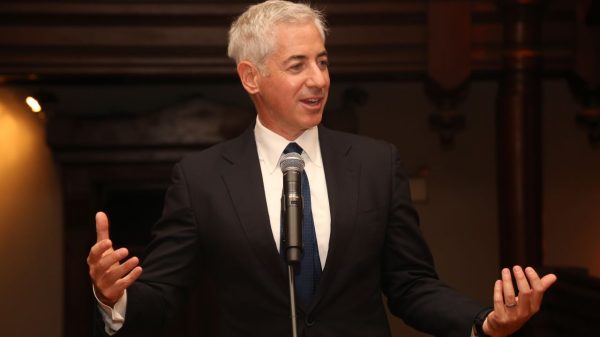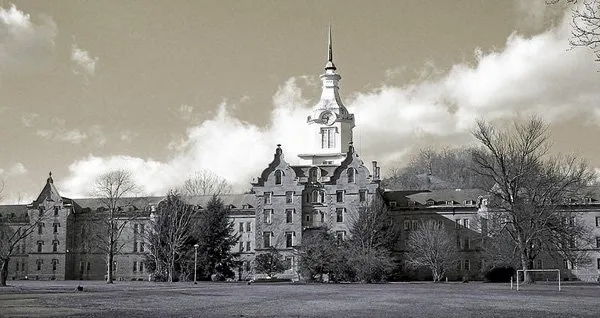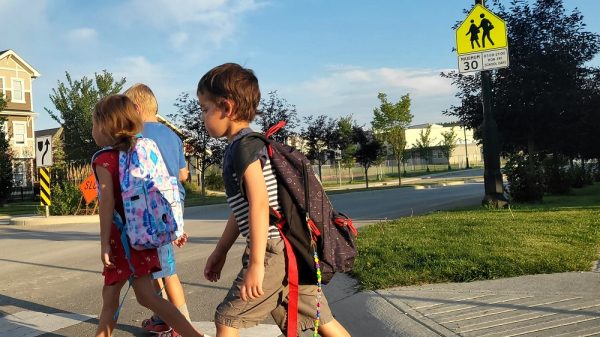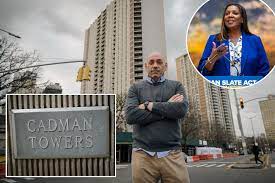I’ll start by jumping to the end of this story.
This past August 31, shareholders at Cadman Towers, a city-supervised Mitchell-Lama (middle-income-affordable) co-op in Brooklyn, voted overwhelmingly to exit the well-known program, but it’s not what you think.
Unlike previous properties that left Mitchell-Lama to become private co-ops — such as Manhattan’s Southbridge Towers and Columbus Park — Cadman Towers took a radically different approach.
Rather than going private, our residents signed a new 99-year commitment to remain affordable under a little-known affordable housing initiative called Article 2 to 11.
Established in 2013, the program is designed to restore financial stability and preserve affordability for aging Mitchell-Lamas at no additional cost to the city, the state, or existing residents.
Yes, a pathway to sustainable, affordable housing is real.
The Mitchell-Lama program was created in 1955, the same year Averell Harriman was elected Governor.
Over the following two decades, more than 100,000 apartments were built, providing quality, affordable housing for working-class New Yorkers.
Today, many of those aging properties are surrounded by scaffolding, and the program is mired in outdated rules and regulations.
Some co-op apartments still sell for as little as $3,000, returning little or no money back to the co-op, which is a problem for properties needing major repairs.
To complicate matters, the Mitchell-Lama program lacks a provision for funding big-ticket maintenance projects like new boilers, window and roof replacement, etc.
As a result, residents spend decades arguing over the astronomical costs of structural and mechanical upgrades while their properties continue to deteriorate.

Co-op City, for instance, deferred repair work on their crumbling garages until 2003, when one collapsed, and the rest were shuttered by the Department of Buildings, citing safety issues.
Although Co-op City gets the most attention because of its size (15,000 units), structural and mechanical failures are common in Mitchell-Lamas citywide.
Here’s where it gets complex.
The city and state offer an assortment of market-rate, below-market-rate, and, in some instances, zero-interest-rate loans to help keep Mitchell-Lama properties afloat.
However, loans on top of loans still build up to gargantuan debt. Now, imagine all of this has been going on since the 1970s.
Mitchell-Lama debt can run between ten million to several hundred million dollars, depending on the complex.
At some point, the money must be repaid, impacting their affordability.






































